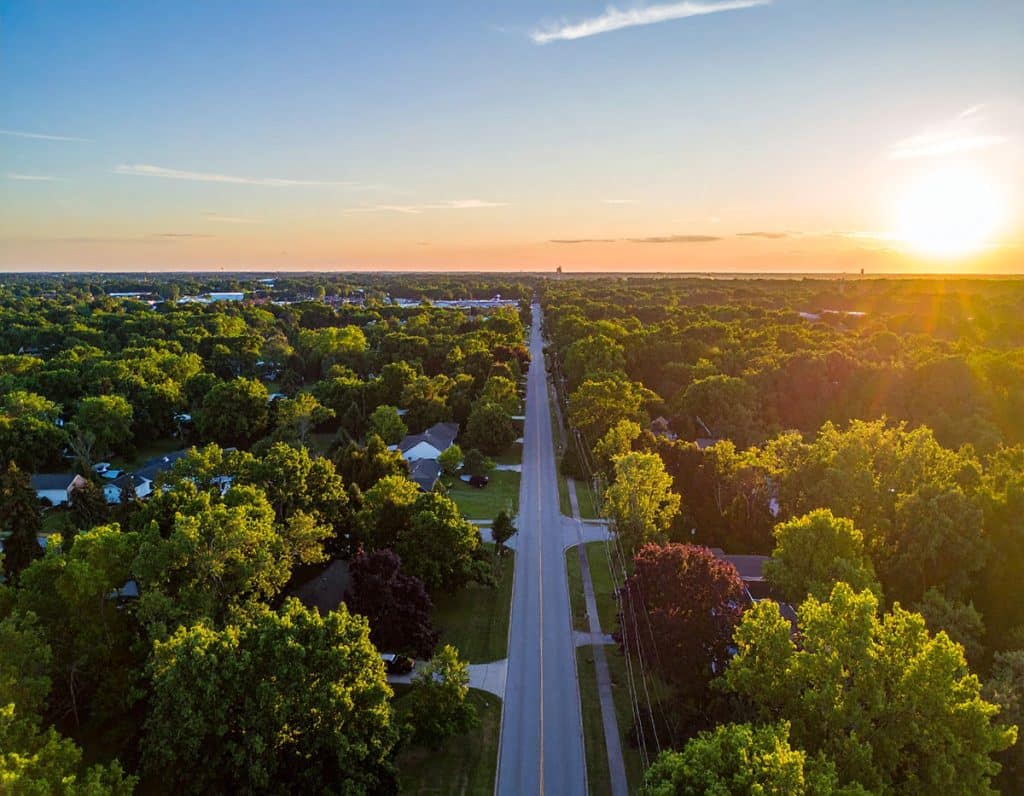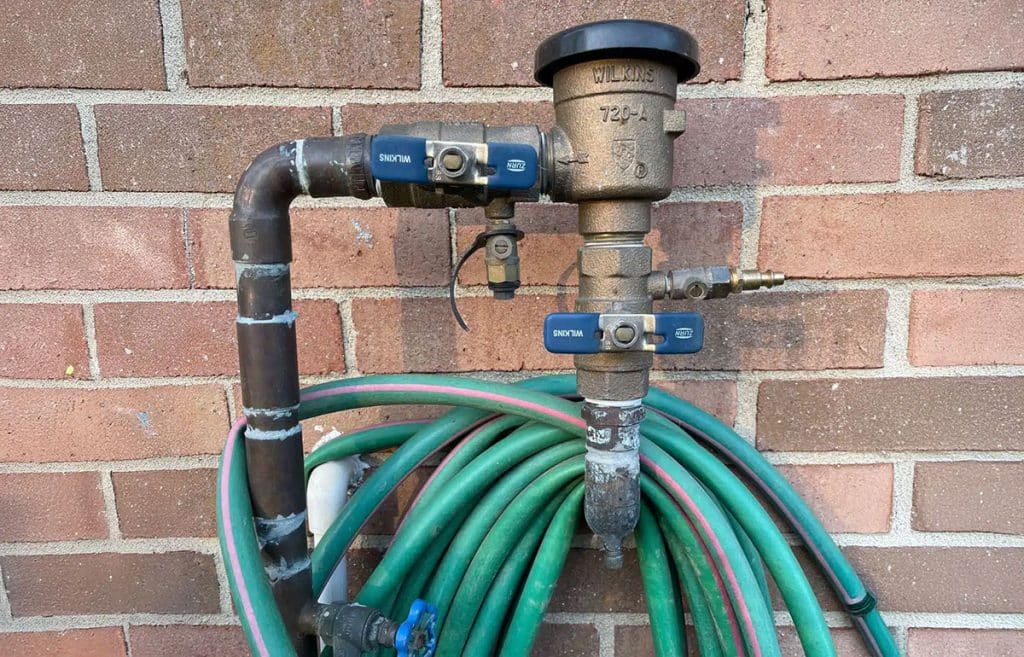Cross-Connection Control Surveys
Keeping Your Water Safe Starts at Home
Your water utility is conducting cross-connection control surveys to protect the community’s drinking water from potential contamination. These surveys are often required by your local ordinance. HydroCorp, a nationally trusted water safety and compliance expert, has been contracted to perform inspections on behalf of your utility.


What is a Cross-Connection?
A cross-connection is any actual or potential link between your drinking water supply and a source of contamination or pollution such as garden hoses, sprinkler systems, or non-potable water supplies. To prevent contamination, backflow preventers are installed to prevent contamination; surveys are conducted to ensure the continued presence of proper protection.
Your utility’s cross-connection control program seeks to identify and eliminate these cross-connections to:
- Protect your health and the safety of our shared water supply
- Ensure compliance with state and local safety regulations
- Prevent costly issues related to backflow incidents
Need to Schedule the Appointment for Your On-Site Survey?
NOTE: Only interior surveys require an appointment; confirm your property’s requirements in the notice you received in the mail.
Frequently Asked Questions
Refer to your postal notice to confirm what type of inspection is required.
Exterior Residential Inspections: FAQ
HydroCorp is conducting exterior inspections on behalf of your water utility to look for potential cross-connections at outdoor water use points such as hose bibbs, lawn irrigation, pool, or secondary water systems that could possibly contaminate your drinking water or the public water supply.
No. The inspection itself is provided at no cost to you as part of your water utility’s compliance program. However, any repairs, replacements, or new device installations required under state regulations or local ordinance are the homeowner’s responsibility.
Many water utilities expand their cross-connection control programs to include residential properties in alignment with state regulatory requirements and public health guidelines. While specific requirements vary by state and municipality, these inspections are a proactive step to ensure your home’s plumbing does not present a risk to the public water system.
Even if your plumbing hasn’t changed, evolving safety standards and increased attention to community water protection make these inspections a valuable and necessary part of keeping everyone’s drinking water safe.
All customers will be inspected, but not all at once. Initial inspections are typically phased over 3-5 years.
An average inspection normally takes from 10 to 20 minutes, depending on the size of your home or property.
No. The HydroCorp inspector will not enter your home; they will only require access to your outdoor plumbing. The inspector will only contact you if they require assistance or permission to access restricted areas of the property (such as areas behind a locked fence).
Yes. Call 844-493-7641 and provide your name and number so the inspector can contact you to set up a time that works for you.
If the inspector identifies any issues, such as a missing or non-compliant backflow preventer, you will receive a notice with instructions. You are responsible for all corrective measures; a licensed plumber can assist in correcting the issue and apply for any permits if required. Your water utility and HydroCorp can help explain what is needed and provide resources. Any costs associated with the replacement, modification, installation, or testing of backflow preventers are the responsibility of the homeowner. Renters may have to refer to their lease agreements to determine whether they are responsible for repairs.
Yes. All HydroCorp inspectors wear clothing with the HydroCorp logo and carry photo ID badges during inspections; they are always prepared to provide appropriate documentation verifying their identities.
Yes. These inspections are conducted to ensure compliance with regulations and local ordinances and maintain the safety of your drinking water.
Penalties for refusing to cooperate with inspections or refusing to make needed repairs are determined by your local water utility. These typically include termination of water service, a fine, or both as outlined in your local ordinance.
There are two separate but essential components of a cross-connection control program: Testing of backflow prevention assemblies and on-site inspections. Testing checks the functionality of existing backflow prevention devices. Inspections confirm that proper protection exists in all the right places and that nothing new has been installed without safeguards. Even if your backflow preventer passed testing, the inspection may uncover other unprotected risks that need attention.
It is the responsibility of the homeowner to have backflow prevention assemblies tested periodically by a certified tester. Your water utility is responsible for the inspection portion of the program.
Interior Residential Inspections: FAQ
HydroCorp has been contracted by your public water utility to assist with its cross-connection control program. This includes inspecting both interior and exterior plumbing systems at residential properties.
The purpose of the interior inspection is to identify potential cross-connections – points where non-potable (potentially contaminated) water could enter your home’s clean drinking water supply. These hazards may exist in:
- Utility sinks and laundry tubs
- Boilers and water heaters
- Water softeners and filtration systems
- Hose bibbs inside garages or basements
- Hot tubs or pool with permanent fill lines
- Unprotected faucets in basements or utility room.
These inspections help ensure the right backflow prevention devices are in place, which is crucial for protecting public health.
No. The inspection itself is provided at no cost to you as part of your water utility’s compliance program. However, any repairs, replacements, or new device installations required under state regulations or local ordinance are the homeowner’s responsibility.
Many water utilities expand their cross-connection control programs to include residential properties in alignment with state regulatory requirements and public health guidelines. While specific requirements vary by state and municipality, these inspections are a proactive step to ensure your home’s plumbing is not creating a risk to the public water system.
Even if your plumbing hasn’t changed, evolving safety standards and increased attention to community water protection make these inspections a valuable and necessary part of keeping everyone’s drinking water safe.
All customers connected to the public water supply will be inspected for cross-connections, but not all inspections can be conducted in a single year. Most programs strive to ensure all customers receive an initial inspection over the first several years of program implementation.
An average inspection normally takes from 10 to 20 minutes, depending on the size of your home or property.
The HydroCorp inspector will:
- Review the layout of your plumbing system
- Check for potential backflow hazards at indoor fixtures
- Identify whether existing backflow prevention devices are present and compliant
- Document findings and provide a summary if corrective actions are needed.
Typically, the inspector will need access to your water meter and utility room, often located in the basement of your home, as well as exterior water uses on your property. Depending on state regulations, the inspector may need to conduct a whole-home survey.
Yes. Because HydroCorp inspectors will be entering your home, a property owner or adult 18 years or older must be present for the duration of the visit. Appointments are scheduled in time blocks. The homeowner representative will need to be available throughout the designated time slot. If no one is available during your scheduled time, you’ll need to reschedule by calling 844-493-7641 or contacting us. Missed appointments may result in a rescheduling fee.
Yes. Schedule your inspection online using the link below or call 844-493-7641.
In advance of your inspection,
- Make sure areas around sinks, water heaters, softeners, and utility tubs are easily accessible.
- Keep pets contained during the inspections.
- Be ready to point out plumbing fixtures or equipment that may not be immediately visible (e.g., water softeners in crawlspaces).
If the inspector identifies any issues, such as a missing or non-compliant backflow preventer, you will receive a notice with instructions. You are responsible for all corrective measures; a licensed plumber can assist with correcting the issue and apply for any permits if required. Your water utility and HydroCorp can help explain what is needed and provide resources. Any costs associated with the replacement, modification, installation, or testing of backflow preventers are the responsibility of the homeowner. Renters may have to refer to their lease agreements to determine whether they are responsible for repairs.
Yes. All HydroCorp inspectors wear clothing with the HydroCorp logo and carry photo ID badges during inspections; they are always prepared to provide appropriate documentation verifying their identities.
Yes. These inspections are conducted to ensure compliance with state regulations and local ordinances, and to maintain the safety of your drinking water.
Penalties for refusing to cooperate with inspections or refusing to make needed repairs are determined by your local water utility. These typically include termination of water service, a fine, or both as outlined in your local ordinance.
There are two separate but essential components of a cross-connection control program: Testing of backflow prevention assemblies and on-site inspections. Testing checks the functionality of existing backflow prevention devices. Inspections confirm that proper protection exists in all the right places and that nothing new has been installed without safeguards. Even if your backflow preventer passed testing, the inspection may uncover other unprotected risks that need attention.
It is the responsibility of the homeowner to have backflow prevention assemblies tested periodically by a certified tester. Your water utility is responsible for the inspection portion of the program.
Commercial Inspections: FAQ
HydroCorp has been contracted by your public water utility to carry out inspections of the water uses outside of your facility as part of its cross-connection control program. The goal is to identify any potential cross-connections or points where contaminants could enter the drinking water system and ensure that proper protection is installed. This helps protect your facility, your employees, and the broader community from waterborne hazards.
If your water utility requires an inspector to enter your facility to evaluate other cross-connection and plumbing hazards inside your property, your notice will provide instructions to schedule an appointment for your inspection.
No. The inspection itself is provided at no cost to you as part of your water utility’s compliance program. However, any repairs, replacements, or new device installations required under state regulations or local ordinance are the property owner’s responsibility.
Your water utility is taking steps to ensure full compliance with state regulatory requirements, which are being enforced more consistently across municipalities. Even if your business hasn’t been inspected previously, your facility is still subject to these safety standards. The inspection is part of a long-term compliance plan that may be new to your area but is based on established public health protection practices.
All customers connected to the public water supply are included in the program. However, inspections are often phased over multiple years depending on utility resources. Your facility is scheduled as part of this planned rollout.
Yes. A facility representative who can provide access must be available. The inspector will need to review all exposed potable water plumbing connections outside the building.
In preparation,
- Make sure all plumbing areas are accessible and unrestricted
- Alert relevant staff that an inspection is scheduled
- Restrict access to sensitive areas if applicable
- Prepare to identify water-related equipment such as chemical feed lines, boilers, or hose stations
Yes. Call 844-493-7641 and provide your name and number so the inspector can contact you to set up a time that is convenient for you.
Any costs associated with the replacement, modification, installation, and/or testing of backflow preventers are the responsibility of the building owner. If your business rents or leases the facility, refer to your lease agreement to determine whether this responsibility falls on the tenant or landlord. If repairs are required, HydroCorp and your utility will provide guidance to help you resolve the issue.
If the inspector finds any non-compliant conditions or hazards, you’ll receive a formal notice outlining what was found, what corrective action is required, and the timeline for compliance. HydroCorp and your water utility will also be available to answer questions and provide guidance.
Yes. All HydroCorp inspectors wear clothing with the HydroCorp logo and carry photo ID badges during inspections; they are always prepared to provide appropriate documentation verifying their identities.
Yes. These inspections are conducted to ensure compliance with state regulations and local ordinances. They ensure that your plumbing system doesn’t pose a risk to the public water supply.
Penalties for refusing to cooperate with inspections or refusing to make needed repairs are determined by your local water utility. These typically include termination of water service, a fine, or both as outlined in your local ordinance.
The testing of backflow assemblies and on-site cross-connection inspections are two separate but equally important parts of the program. Testing ensures existing backflow preventers are working properly. Inspections check whether backflow prevention is present where needed and identify any new risks. Even if your backflow preventer(s) passed testing, the inspection might identify other cross-connection hazards that also require attention.




